Comprendre l’indicateur de signal de porc
Qu’est-ce qu’un indicateur de signal de porc ?
Les indicateurs de signal racleur sont des outils essentiels dans la gestion des pipelines, car ils aident les opérateurs à détecter le passage d’un racleur dans un segment de pipeline. Ils fonctionnent en signalant la présence d’un porc, ce qui aide à confirmer sa position et son mouvement dans le système. Cette capacité est cruciale pour les opérations de maintenance et d’inspection, car elle garantit le bon déroulement et l’efficacité de tous les processus.
Systèmes mécaniques
Les indicateurs mécaniques de signal de racleur fonctionnent par contact physique avec le racleur lorsqu’il passe devant un point spécifique de la canalisation. Ces systèmes impliquent généralement un déclencheur mécanique que le racleur active. Ce déclencheur peut être un drapeau, une roue ou un bras qui se déplace d’une position à une autre. Ce mouvement est souvent visible de l’extérieur, ce qui permet une surveillance facile sans interrompre les opérations du pipeline. Les systèmes mécaniques sont privilégiés pour leur simplicité et leur fiabilité, offrant une indication directe et simple sans avoir besoin de sources d’alimentation ou d’électronique complexe.
Systèmes électroniques
En revanche, les indicateurs électroniques de signal du porc utilisent des capteurs pour détecter le passage du porc. Ces capteurs peuvent inclure des technologies magnétiques, ultrasoniques ou RFID pour identifier quand le racleur traverse une section particulière du pipeline. Les systèmes électroniques fournissent une analyse plus détaillée que les systèmes mécaniques, car ils peuvent enregistrer le temps de passage du racleur et intégrer ces données dans les systèmes numériques de gestion des pipelines. Cette intégration permet une surveillance en temps réel et améliore la capacité à prédire et à planifier les calendriers de maintenance avec plus de précision.
Paramètres
| Nom | Indicateur de porc |
| Connexion | Raccord à bride |
| Longueur du corps de la prise | 200 millimètres |
| Température de fonctionnement | —20 ~ 120 °C / Répondre aux exigences du client |
| NACE MR 01- 75 | Oui |
| Protection contre les infiltrations | IP65/IP66 |
| Classe antidéflagrante | ExdII. BT4 |
| Retirer sous pression | Non |
| Type de déclencheur | Bidirectionnel/Unidirectionnel |
| Longueur ajustable | 0 |
| Matériau de la pièce interne | 316SS/DSS/INCONEL |
| Profondeur de l’insert | 21 mm (Bi)/13 mm (Uni) |
| Matériau de la bride/du corps | Revêtement PTFE A105N / 304SS / 316SS / DSS / INCONEL(Selon MR) |
| Nom | Indicateur de porc non intrusif |
| Température de fonctionnement | —39,8 °C/80 °C |
| Humidité de fonctionnement | 41 %~83 % |
| Type de capteur | Induction magnétique |
| Type de commutateur de signal | Le |
| Le temps qui passe | ±2s |
| Plage de vitesse du racleur de nettoyage | 0.2 à 10 m/s |
| Capacité du commutateur | 2A |
| Type de réinitialisation | Auto Rese |
| Type de joint de câble | M20 * 1.5、 1/2NPT F |
| Antidéflagrant | Exd IICT6 Gb |
| Qualité IP | Indice de protection IP65 |
Types d’indicateurs
| Types d’indicateurs | ||||
| Types d’indicateurs | Un | B | C | D |
| Type intrusif | Intrusif | Intrusif | Intrusif | Non intrusif |
| Caractéristiques de l’indicateur | Type de bouton-pression | Drapeau de réinitialisation manuelle | Drapeau de réinitialisation manuelle combiné à des signaux électriques | Affichage de la date et de l’heure combiné à des signaux électriques |
Types d’indicateurs de signal porc
Il existe deux types principaux d’indicateurs de signal porcin : non intrusifs et intrusifs.
Non intrusif
Les indicateurs non intrusifs n’entrent pas en contact direct avec le flux interne du pipeline. Au lieu de cela, ils utilisent des capteurs externes pour détecter les changements de pression, de champs magnétiques ou d’acoustique au passage du porc. Ce type de pipeline est particulièrement utile pour les pipelines transportant des matériaux sensibles ou corrosifs où l’introduction de corps étrangers pourrait être problématique. Les indicateurs non intrusifs minimisent le risque de contamination et sont plus faciles à installer et à entretenir puisqu’ils ne nécessitent pas de pénétration dans la canalisation.
Intrusif
Les indicateurs intrusifs, quant à eux, impliquent une certaine forme de pénétration dans le pipeline pour détecter directement le racleur. Il peut s’agir d’un petit bras ou d’une sonde qui s’étend dans le pipeline et qui est physiquement déplacé ou déclenché par le racleur. Bien que cette méthode soit très fiable, elle nécessite une étanchéité minutieuse pour éviter les fuites et peut ne pas convenir à tous les types de pipelines, en particulier ceux sous haute pression ou ceux qui transportent des matières dangereuses.
Avantages de l’utilisation d’indicateurs de signal porcin
Les indicateurs de signal racleur jouent un rôle central dans l’amélioration de la sécurité des pipelines. Ces dispositifs alertent immédiatement les opérateurs lorsqu’un porc passe un certain point, garantissant ainsi que la présence et le mouvement du porc sont toujours connus. Ce suivi en temps réel permet d’éviter les accidents causés par des blocages inopinés et de confirmer l’intégrité des opérations en tuyauterie. Par conséquent, ils réduisent considérablement le risque de déversements ou de ruptures coûteux, protégeant ainsi l’environnement et l’infrastructure pipelinière.
De plus, les indicateurs de signal raclage augmentent l’efficacité des opérations de pipeline. En fournissant l’emplacement exact des porcs, ces outils optimisent les calendriers de nettoyage, d’inspection et d’entretien. Les opérateurs peuvent mieux planifier leurs activités, en veillant à ce que le flux de contenu soit perturbé au minimum. Cette intégration transparente dans l’exploitation du pipeline permet de maintenir un débit stable, de maximiser le débit et de garantir que toutes les sections du pipeline sont accessibles et faciles à entretenir.
De plus, les indicateurs de signal racleur permettent de réduire les coûts de maintenance. La détection précoce des problèmes potentiels permet de prendre des mesures correctives rapides, évitant souvent des réparations ou des remplacements importants. Cette approche proactive minimise les temps d’arrêt et prolonge la durée de vie des composants du pipeline. Grâce à la réduction du besoin de maintenance fréquente à grande échelle, les opérateurs peuvent allouer les ressources plus efficacement, ce qui permet de réaliser d’importantes économies au fil du temps.



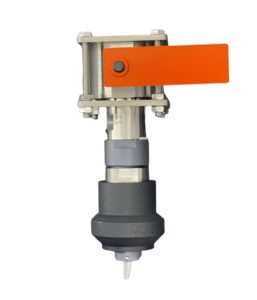
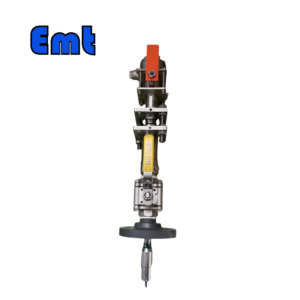
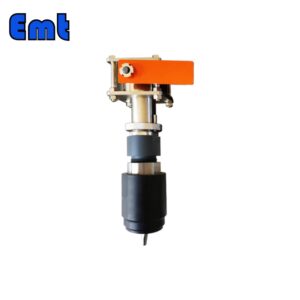
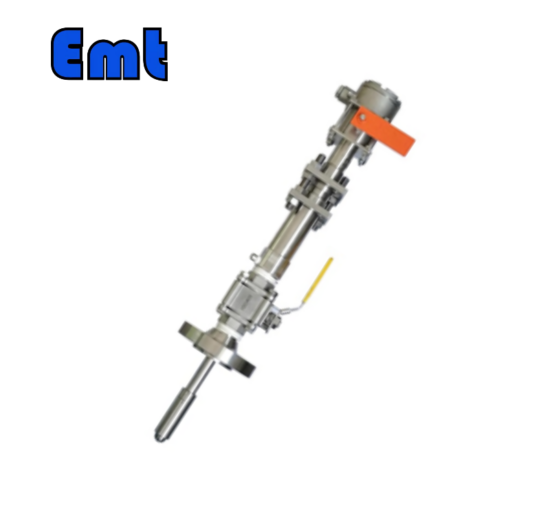
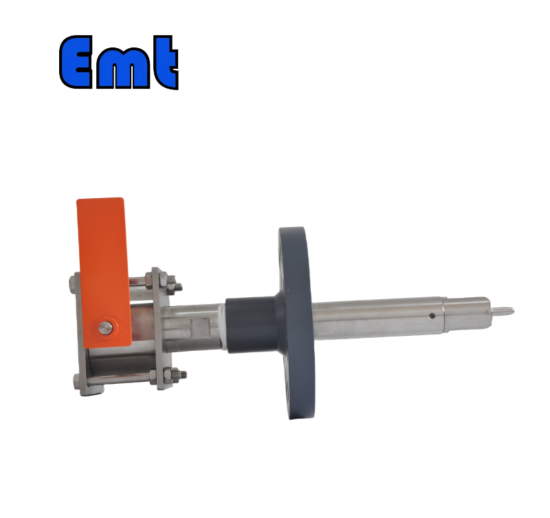
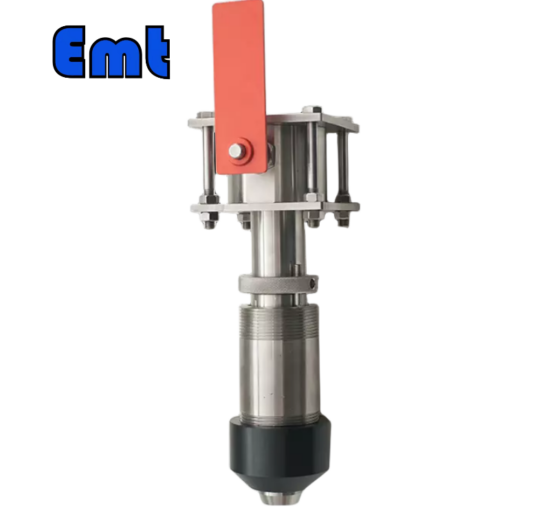
Il n’y a pas encore d’avis.